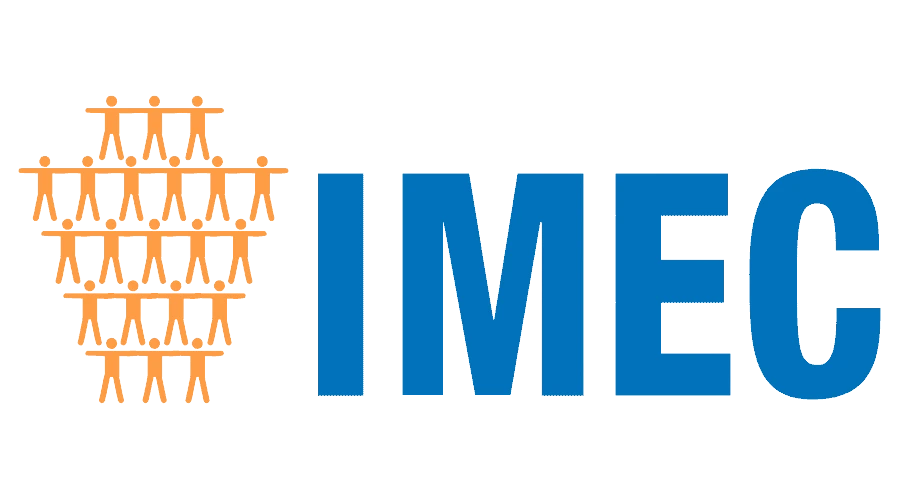Introduction
The way ships actually move is going to change radically in the next few decades, with digitalisation and automation already accelerating in our industry. Every day new technologies and solutions are being engaged in order to improve operational efficiency and increase competitiveness.
With over 90% of goods worldwide being carried by sea, the integration of digital technologies is essential to better manage such a huge volume. Also, of course, the competitive environment has evolved, and so have customers’ behaviours and expectations. They require transportation services that are dependable, adaptable, transparent and cost-effective.
Between now and 2050 the impact of new technologies and trends will accelerate, leading to the creation of new marine transportation infrastructures which are radically different from what we know today.
Why digitalisation?
The power of digital technology will not only boost the performance of the maritime sector but will also help address many of the critical challenges it is currently facing.
The new World Bank-IAPH report shows that broader and better-coordinated use of digital technology would result in significant efficiency gains, safer and more resilient supply chains and lower emissions. So digitalisation is being harnessed so as to pull the industry towards decarbonisation, with the goal of zero emissions from international shipping by 2050.
Furthermore, the development of a robust digital ecosystem would help the shipping sector by :
- streamlining port operations by facilitating berth allocation models and optimising on-time arrivals
- facilitating data exchange between shipping lines, port services, cargo handling operations, clearance agencies and other transportation networks
- ensuring better safety and security for vessels and seafarers
- optimising supply chains
- tracking shipments
- improving communications, both for situational awareness and exchanging information
According to the attached survey, 69% of shipping companies have started on their digital journey, by exploring digital solutions.
What are we actually doing to help achieve our digital vision?
Here are some of the things.
1. Smart Ships
The term smart ship or smart vessel describes one on which a large number of digital sensors is installed to collect all possible information about the entire operational state of the vessel.
Smart ships offer numerous benefits to ship owners and operators. They support industrial and navigation equipment monitoring and decision support systems, both on board and remotely. The smart ship era has been made possible by the Internet of Things (IoT), and employs sensors, digital technology, robotics, big data, improved materials and connectivity, and also satellites.
These tools and technologies will create more competent and connected, distributed networks, and will provide performance monitoring as well as real-time visibility of vessels. This will address what is still a comparatively low level of ship to shore communication. Smart vessels will also create the foundation for more centralised know-how, such that data from one vessel can be used to drive improvements in others.
While every new build is now equipped with sensors and connected onboard systems, collective efforts are also being made to transform existing vessels into smart ones.
2. Autonomous Vessels
Globally, there are about 3,000 marine collisions every year, costing more than $20bn. About 75% are due to human error, and autonomous ships have the potential to dramatically reduce this.
Autonomous ships use “machine learning avoidance systems” that collect data based on position, speed and route, to suitably assess the risk of collision. The control systems combine artificial intelligence and data collection, and have sensors in the form of radar and infrared or automotive integrated solutions cameras. Altogether, these create an awareness system that predicts hazards and alerts operators to impending collisions.
In addition, these vessels allow shore management to predict sea conditions, enabling captains and chief engineers to alter their fuel consumption accordingly.
So we can validly say that autonomous ships can reduce human error, decrease crew costs, increase safety for marine life and increase fuel efficiency.
3. Smart Ports
Smart ports are based on using digital technology to improve a port’s efficiency, performance and competitiveness. Due to the increasing size and volume of container ships, ports continue to face new challenges with daily traffic and processing. IoT and blockchain technologies can address these issues. They make shipping faster and more efficient by improving warehouse logistics and inventory management, and by automating the loading, dispatching and transport of goods.
Likewise, technologies such as 5G will be more energy-efficient, allowing connections of all kinds to be made with lower overall power consumption and battery usage.
As ports continue to digitalise their processes, they create an information hub for their regional transport ecosystem. The real-time data can be used by management to assist decision-making and problem-solving, as well as to support predictive planning.
Conclusion
These are just some of the things in current and increasing use that will make the move towards digitalisation a lot smoother. However, despite the massive benefits, progress has been slow and uneven in the maritime sector. This is shown by the fact that the IMO has made it mandatory for all member countries to exchange key data electronically, yet only a third of over 100 responding ports comply.
This shows that players in the maritime supply chain must do much more than invest in technology and digital infrastructure to progress through the various stages of digitalisation. A successful and digital 2050 in the shipping sector necessitates, immediately, long-term political commitment, appropriate regulation, effective public-private collaboration and a focused effort on education and skills training.






